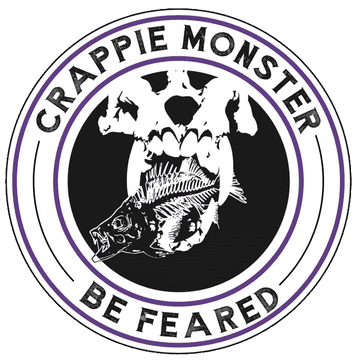
Uncovering Fall Crappie Fishing at Milford Lake – Tips and Techniques
Previous post
Prime Time Crappie: Understanding the Best Time to Catch Crappie

As autumn’s chill blankets Milford Lake, Kansas, crappie anglers converge in pursuit of the season’s catch. Transitioning from summer’s end to the cool embrace of fall, these freshwater favorites beckon fishermen to the bountiful waters. But locating crappie as they adapt to changing temperatures requires insight and strategy. Here we’ll dive into the methods that will take you from casting lines to celebrating catches.
Summary and key takeaway in 30 seconds:
Fall brings a shift in crappie behavior at Milford Lake. To find them, target chunk rock banks and steep drop-offs where they gather. Use electronics or cast along contours to detect fish close to structures. Opt for smaller jigs and slower presentations, matching the crappie’s subdued metabolism. Clear waters demand finesse – a lighter jig head and patient retrieval are key to a successful fall crappie expedition.
Key Points:
- Crappie gravitate towards chunk rock banks and ledges during fall.
- Electronics can reveal crappie close to structures; otherwise, rely on careful casting.
- Smaller jigs are preferable in colder waters as crappie metabolism slows.
- A lighter jig head and slow retrieval match the crappie’s preferred pace.
- Patience and persistence are vital in clear, cool water conditions.
Fall crappie fishing tactics:
Milford Lake, renowned for its fall crappie fishing, offers anglers a chance to test their mettle against the seasonal habits of these sought-after fish. As temperatures drop, crappie move to specific areas of the lake, often found along the rocky banks and near steep underwater drop-offs. Here, they can be caught with a variety of techniques, whether you’re casting from the shore or navigating a boat.
Expert anglers advise a strategic approach. First, identify the promising spots: areas with significant rocky structure and access to deeper water. Use your electronics to scan for crappie schools; look for the tell-tale signs of fish hugging close to the rocks or suspended near drop-offs.
When it comes to bait selection, smaller is better. The cooling water slows the crappie down, making them less inclined to chase after large prey. A jig mimicking the size and slow movement of their natural food will be more enticing. Light jig heads allow for a delicate presentation, essential in the clear waters of Milford Lake, where crappie are warier and more discerning.
Conclusion:
Patience pays off when fishing for fall crappie. A slow retrieve not only mimics the lethargic prey but also gives the crappie more time to decide to strike. Maintain a steady, gentle rhythm as you work your jig through the water, and be prepared for subtle bites.
Additional information – Getting the best crappie landing net:
In the midst of perfecting your approach with jigs and electronics, an often-overlooked element is the net you bring aboard. The OTH Pro Series Net is indispensable for fall crappie fishing. Its wide hoop and deep, soft mesh accommodate the varied sizes of crappie you’ll encounter at Milford Lake. Designed for the discerning angler, the Pro Series Net is lightweight yet robust, enabling you to effortlessly scoop up your catch without disturbing the school beneath. With an extendable handle, it ensures you can reach those crappies dancing just beyond the usual grasp, making it not just a tool, but a crucial extension of your fishing technique this fall.
